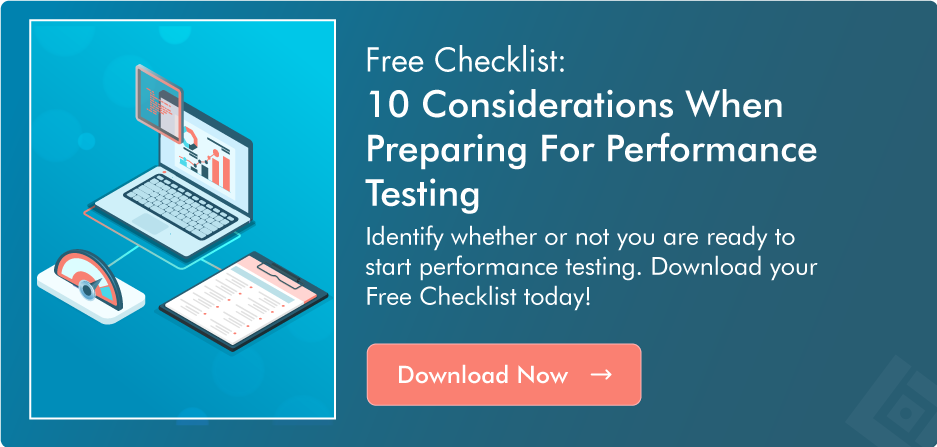
We are now living in a world that’s driven by data, where huge amounts of information are being gathered and stored daily. The more data that an organization generates, the more crucial it is to have the ability to access and analyze it effectively.
Unfortunately, data analysis is considered to be a weak link for many companies today. This is primarily because of selecting the wrong type of data storage systems while performing ineffective analytics.
One way to improve analytics is by acquiring an enterprise-grade data warehouse. This is where OLAP in a data warehouse comes in.
What Is OLAP?
Online analytical processing, simply called OLAP, is a method of computing that allows users to selectively obtain and query information to study it from different points of view. OLAP BI (business intelligence) queries usually help in analyzing trends, financial reports, sales forecasts, and other planning activities.
For instance, users can request a data analysis by showing a spreadsheet that displays all of the 2020 sedans sold in California in the previous month. They can then compare the revenue figures with similar products for the month and then view a comparison of other vehicle sales in the state within the same period.
How Do OLAP Systems Work?
To facilitate data analysis, an OLAP system collects information from several sources and stores this in data warehouses. It then cleanses and organizes the data into data cubes.
Each of these OLAP cubes consists of data that has been categorized by dimensions such as geographic sales region, customers, and time period. These dimensions are then populated with details such as customer names and countries and are organized according to hierarchy.
Once all of these have been performed, data analysts can then perform four types of OLAP analytical operations:
- Roll-up: Also called consolidation or aggregation, it is an operation that can be performed in 2 ways: by reducing dimensions or by climbing up the concept hierarchy.
- Drill-down: The drill-down approach is the opposite of the roll-up process and it involves information being divided into smaller sections.
- Slice and dice: In slice, analysts can take a single level of information for display. In dice, analysts can choose data from several dimensions for them to assess.
- Pivot: In pivot, analysts rotate data axes to acquire a new point of view on the information being studied.
Types of OLAP Systems
The OLAP hierarchical structure begins with OLAP and is followed by three other types. These are ROLAP, MOLAP, and HOLAP.
-
ROLAP
Relational OLAP (ROLAP) is an extended RDBMS that works with information that can be found in a relational database. All of the facts and dimension tables are kept as relational tables while also allowing for multidimensional data analysis.
The two main advantages of ROLAP are that it is highly efficient in processing big data and is scalable since it can handle large volumes of information. Its primary drawback is that it requires more resources to perform and the query performance for this OLAP system is slower than others.
-
MOLAP
Multidimensional OLAP, or just MOLAP, is a classic OLAP approach that utilizes a multidimensional data cube to facilitate data analysis. With MOLAP, users can have several views for their data with different facets.
The main advantages of MOLAP are its fast query performance, smaller data sizes, and its ability to automatically compute higher levels of data. As for its disadvantages, it is less scalable compared to ROLAP and the approach itself is known for introducing data redundancy.
-
HOLAP
Hybrid OLAP (HOLAP) is a combination of both ROLAP and MOLAP techniques. It allows for the quick computation of MOLAP while incorporating the high scalability of ROLAP.
The primary benefit of using HOLAP is that it helps improve disk space economy while utilizing cube technology that facilitates faster performance for all data types. The main disadvantage of HOLAP is that it is the most complicated type to use since it supports both ROLAP and MOLAP.
How to Use OLAP in Data Warehouse for Multidimensional Analysis
A data warehouse is a database of corporate information that has been obtained from one or several sources. It should not be confused with OLAP as the two are not the same. A data warehouse is an archive while OLAP is one of the technologies that analyze and evaluate its stored information.
In a data warehouse, OLAP allows for fast querying and analysis of data from different perspectives. It also helps in pre-aggregating and pre-calculating the information available in the archive.
The biggest benefit that OLAP provides is its multidimensional approach in data organization and analysis. With OLAP, companies can break down their datasets into dimensions that are easier to study.
OLTP vs OLAP
OLAP stands for online analytical processing and is not the same as OLTP.
Online transaction processing (OLTP) is capable of supporting transaction-oriented applications by following a three-tier architecture. The most common use of OLTP is to administer the daily transactions that occur within an organization, with data processing being its main objective.
One example of an OLTP system in action is an ATM center. Let’s assume that we have a couple that uses a joint account in their bank. One day, the two decide to withdraw the total amount in their accounts at exactly the same time but at different ATM machines.
Whoever of the two completes the authentication process first will get the money they want. In this scenario, the OLTP system ensures that the amount withdrawn does not exceed the present amount in the bank.
A few other examples of OLTP systems being used today can be found in:
- Online banking
- Order entries
- Adding an item to a shopping cart
- Sending text messages
- Booking an airline ticket online
The key here is that the OLTP system is designed for transactional superiority and not for data analysis.
To better understand the difference between OLTP vs. OLAP, let’s take a look at the table below.
| Parameters | OLTP | OLAP |
|---|---|---|
|
Process
|
OLTP is an online transactional system that handles database modification.
|
OLAP focuses on online analysis and the retrieving of data.
|
|
Functionality
|
OLTP functions as an online database for modifying data.
|
OLAP functions as a system for database query management.
|
|
Query
|
OLTP inserts, updates, and removes data from the archive.
|
OLAP mostly does select operations.
|
|
Source
|
The sources of data in OLTP are the transactions that take place.
|
Different OLTP databases are the data sources of OLAP.
|
|
Data integrity
|
An OLTP database has to maintain data integrity constraints.
|
Data integrity isn’t an issue with OLAP databases.
|
|
Response time
|
OLTP response time is milliseconds.
|
The response time for OLAP is seconds to minutes.
|
|
Back-up
|
OLTP has complete data backup along with incremental backups.
|
OLAP only has to perform a backup from time to time
|
|
Purpose
|
OLTP is made to handle real-time business operations.
|
OLAP is designed for analyzing business measures.
|
|
Performance metric
|
The performance metric is the transaction throughput.
|
The performance metric is query throughput.
|
|
Productivity
|
OLTP helps improve self-service in users and overall productivity.
|
OLAP increases the productivity of organization analysts.
|
Use Cases of OLAP in Data Warehouse
OLAP plays a crucial role in meeting the analytical demands of an organization. The following are the use cases of OLAP in various fields.
- Marketing: When OLAP is used in marketing, it allows marketing analysts to know more about their customers, what products are valuable, the regional and seasonal trends, and more.
- Healthcare: A data warehouse in healthcare that uses OLAP can be used to predict health risks and outcomes, share information with insurance companies and generate reports.
- Financial services: Company CFOs can leverage the OLAP cube to provide them with ways to transform data into their needed information while also allowing them to generate customized financial reports easily.
Advantages of OLAP
These are the benefits of using OLAP in your data warehouse:
- High speed of data processing: OLAP is known for its fast speed for query execution. Well-designed data cubes can often process user queries within a few seconds.
- Multidimensional data representation: This ability allows users to view data from different points of view or slices.
- Flat learning curve: OLAP vendors often provide their clients with extensive tutorials and documentations. They also normally have a team of professionals that is ready to handle any issues that may come up.
- Aggregated and detailed data: Another major advantage of OLAP is that the information presented to users is aggregated and very detailed. This means that the tables are organized with multiple dimensions that make it easy for anyone to navigate huge amounts of data.
Conclusion
As you can see, OLAP plays an essential role in a data warehouse since it can help ensure that the data provided to users is processed quickly, available from multiple points of view, and is detailed well. Apart from that, it also has a flat learning curve since most providers offer in-depth tutorials on how to get started.
At QASource, we can provide you with OLAP testing to ensure that information in your data warehouse can benefit your organization to the fullest. We can provide you with OLAP experts as well as quality assurance professionals that will get to know your staff, processes, and domains.
Get in touch with us today if you’re interested in our OLAP and QA services.
Download your free checklist below and discover the steps that need to be completed when preparing for performance testing.



